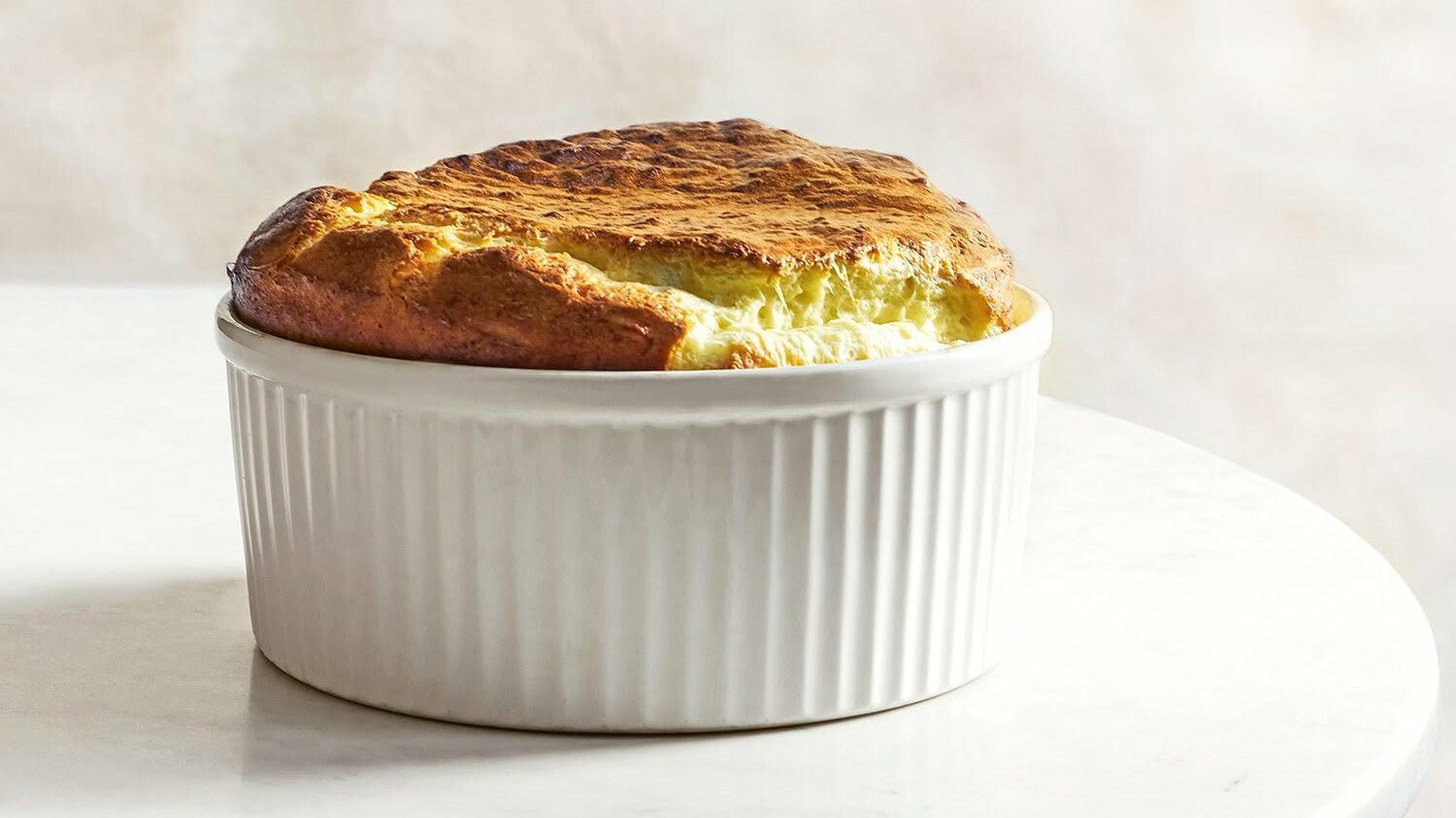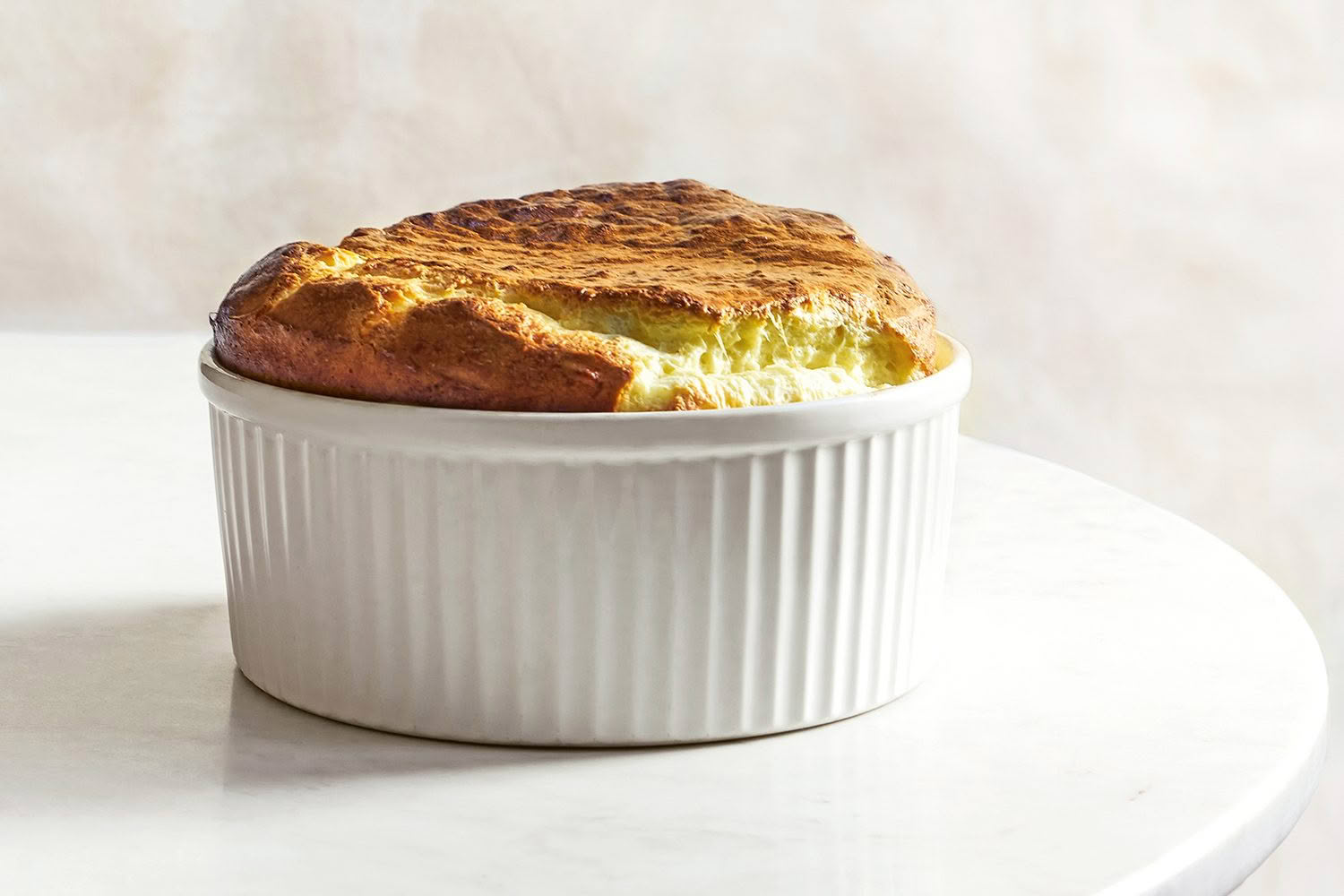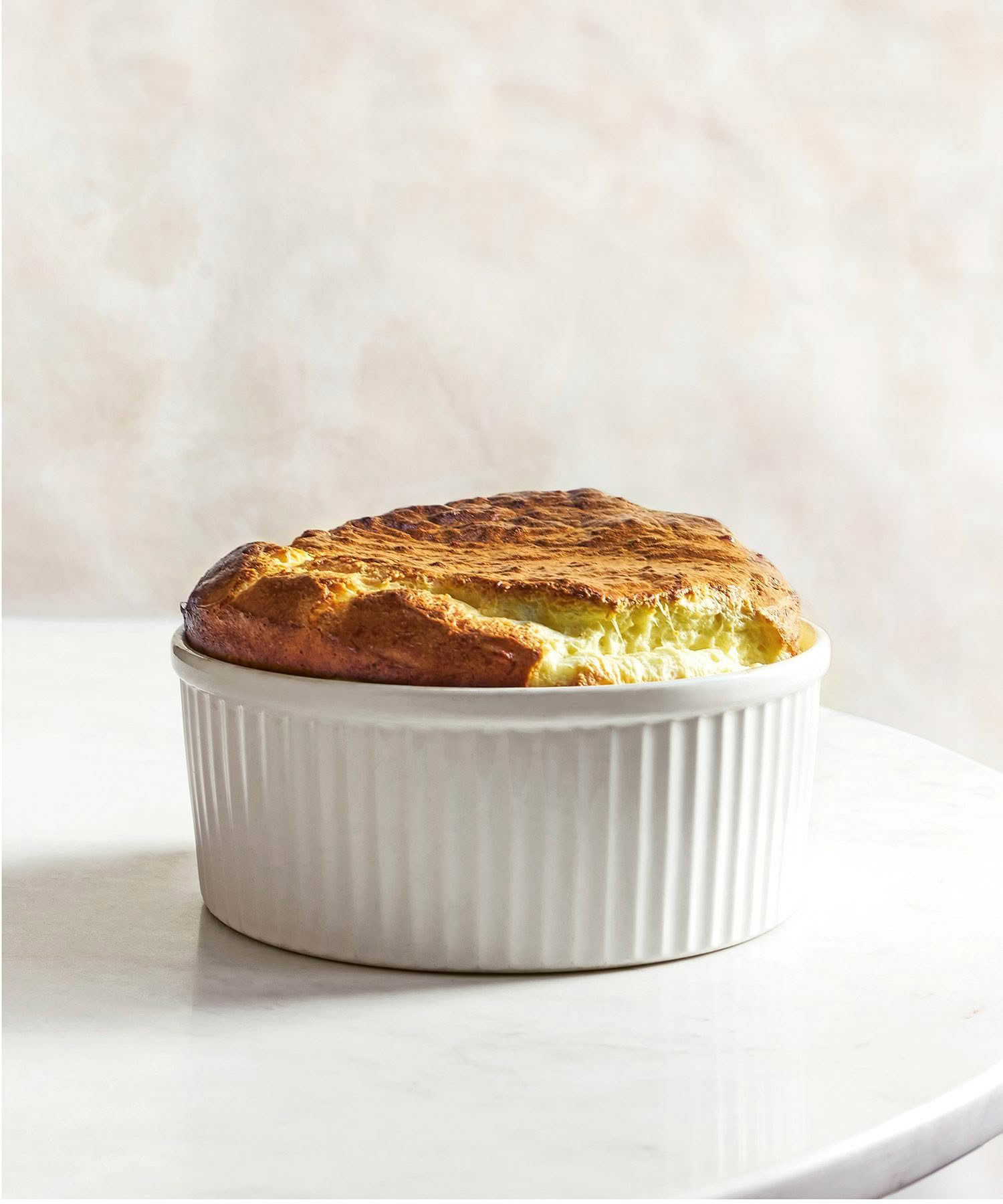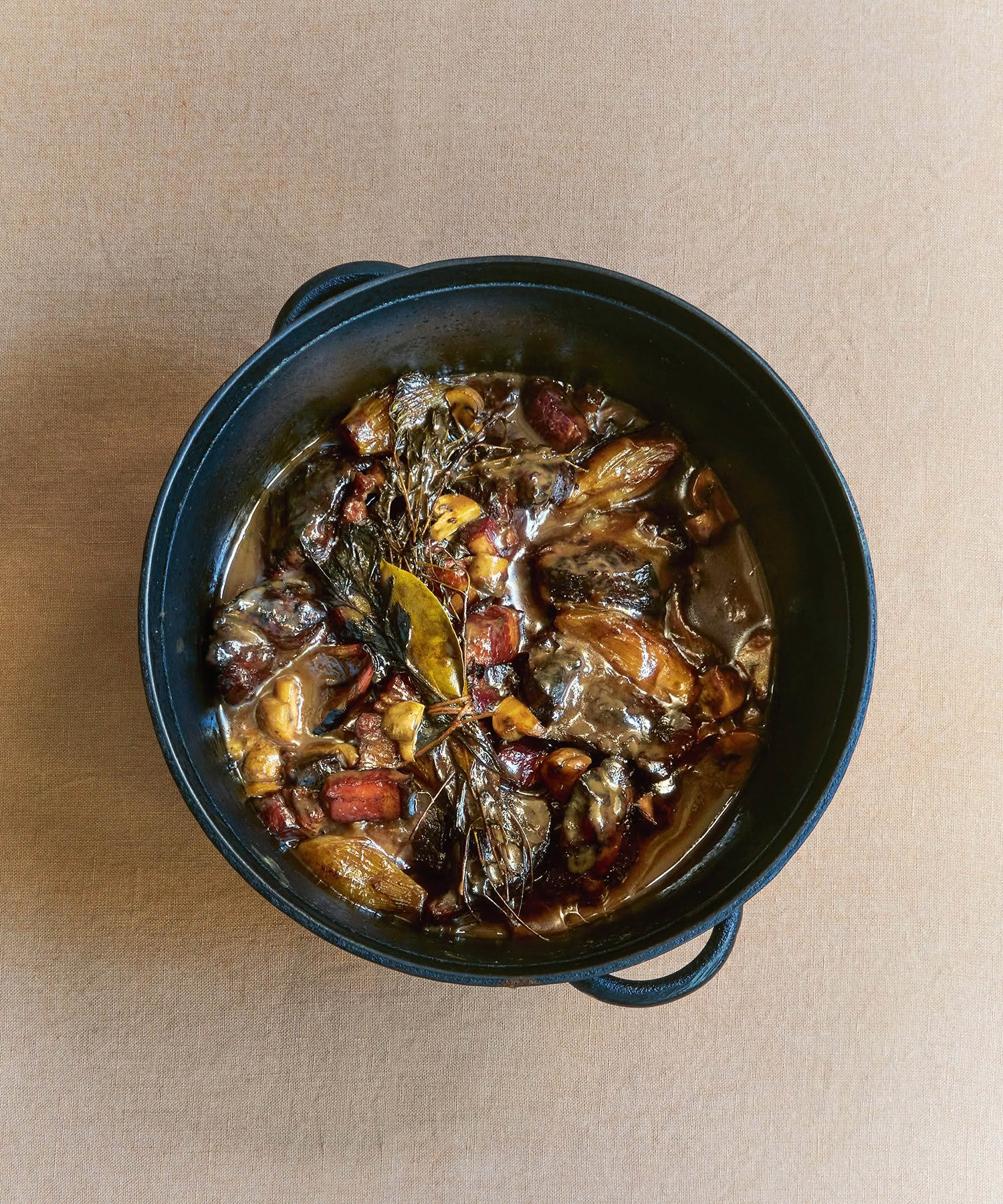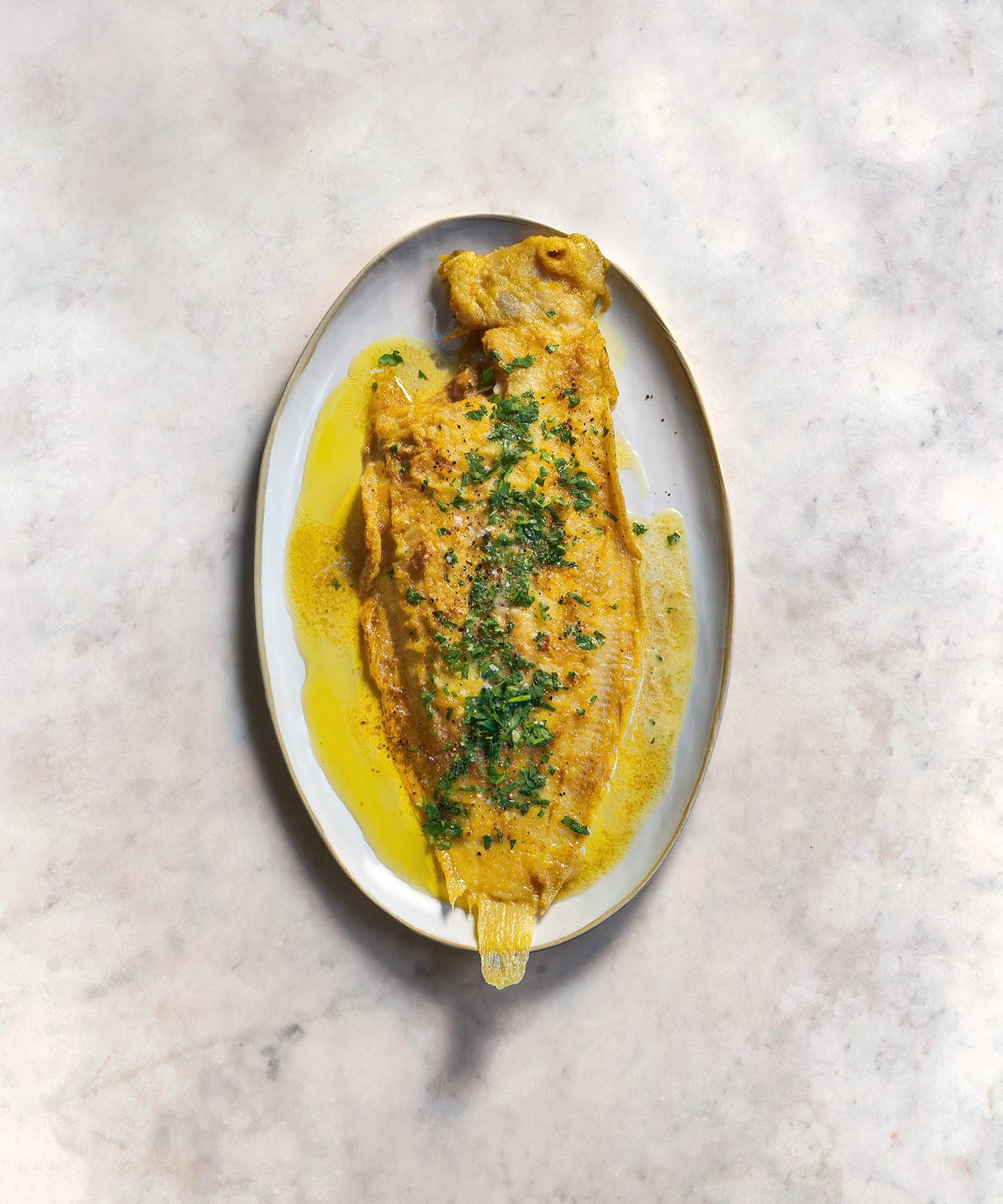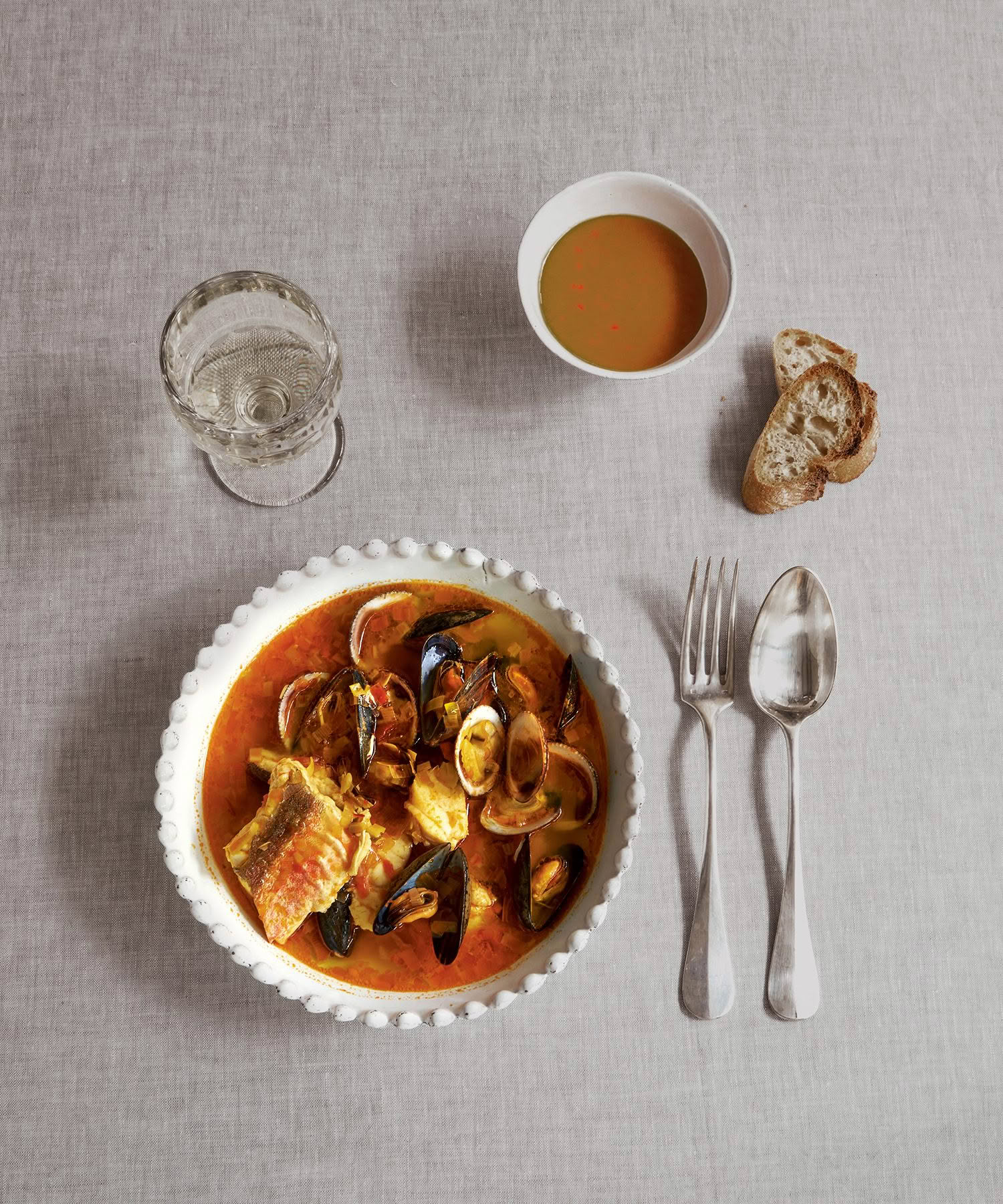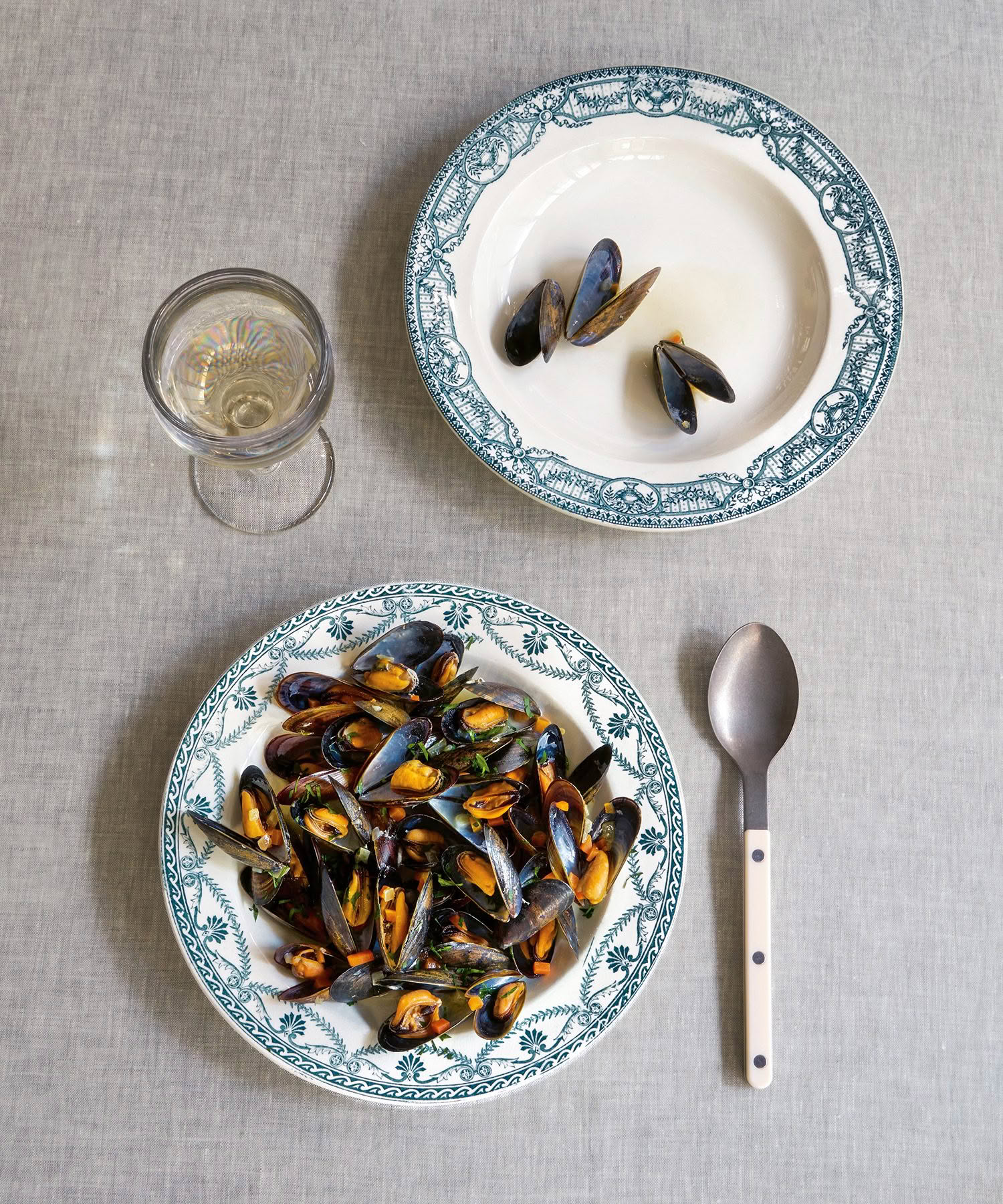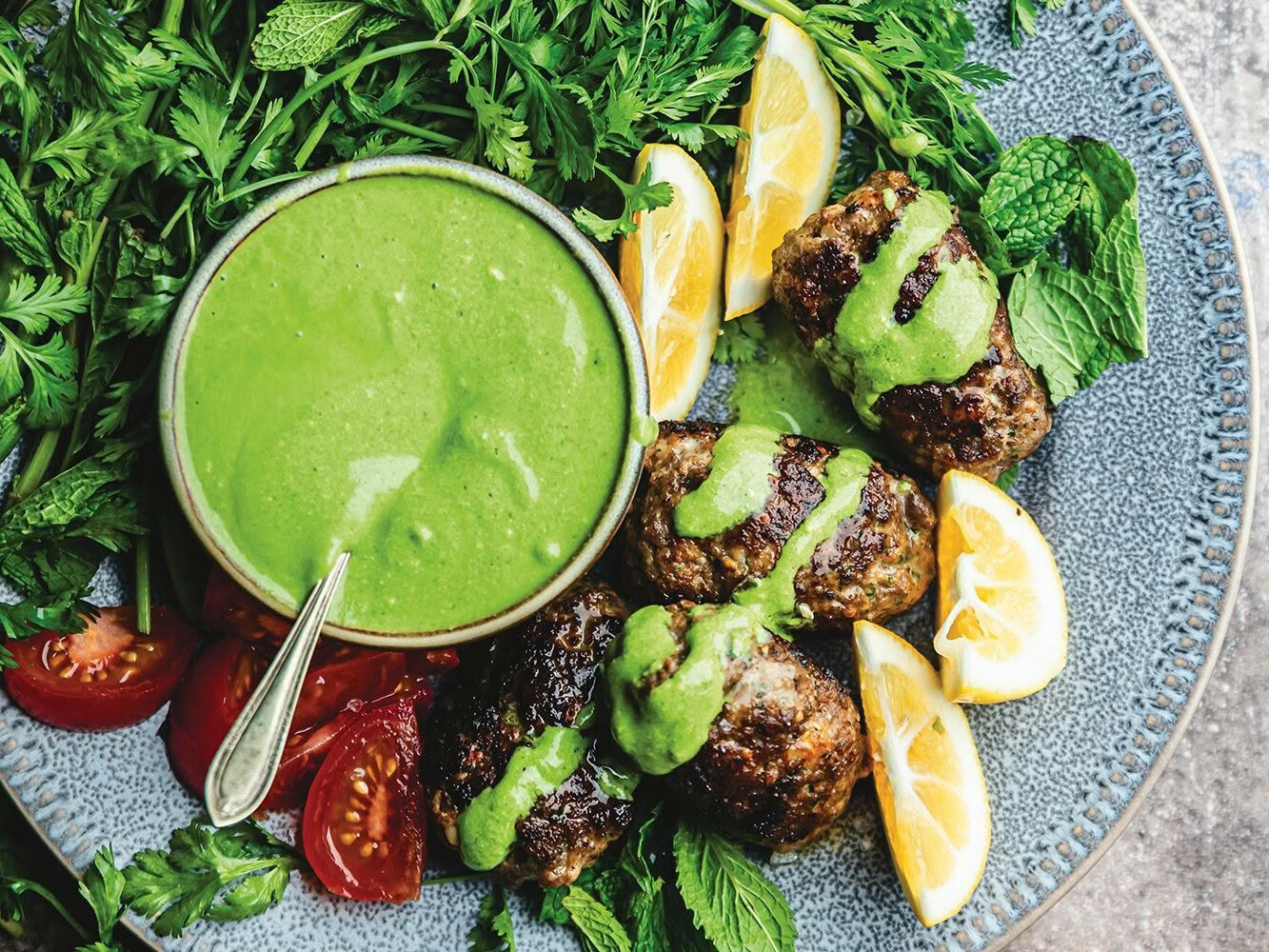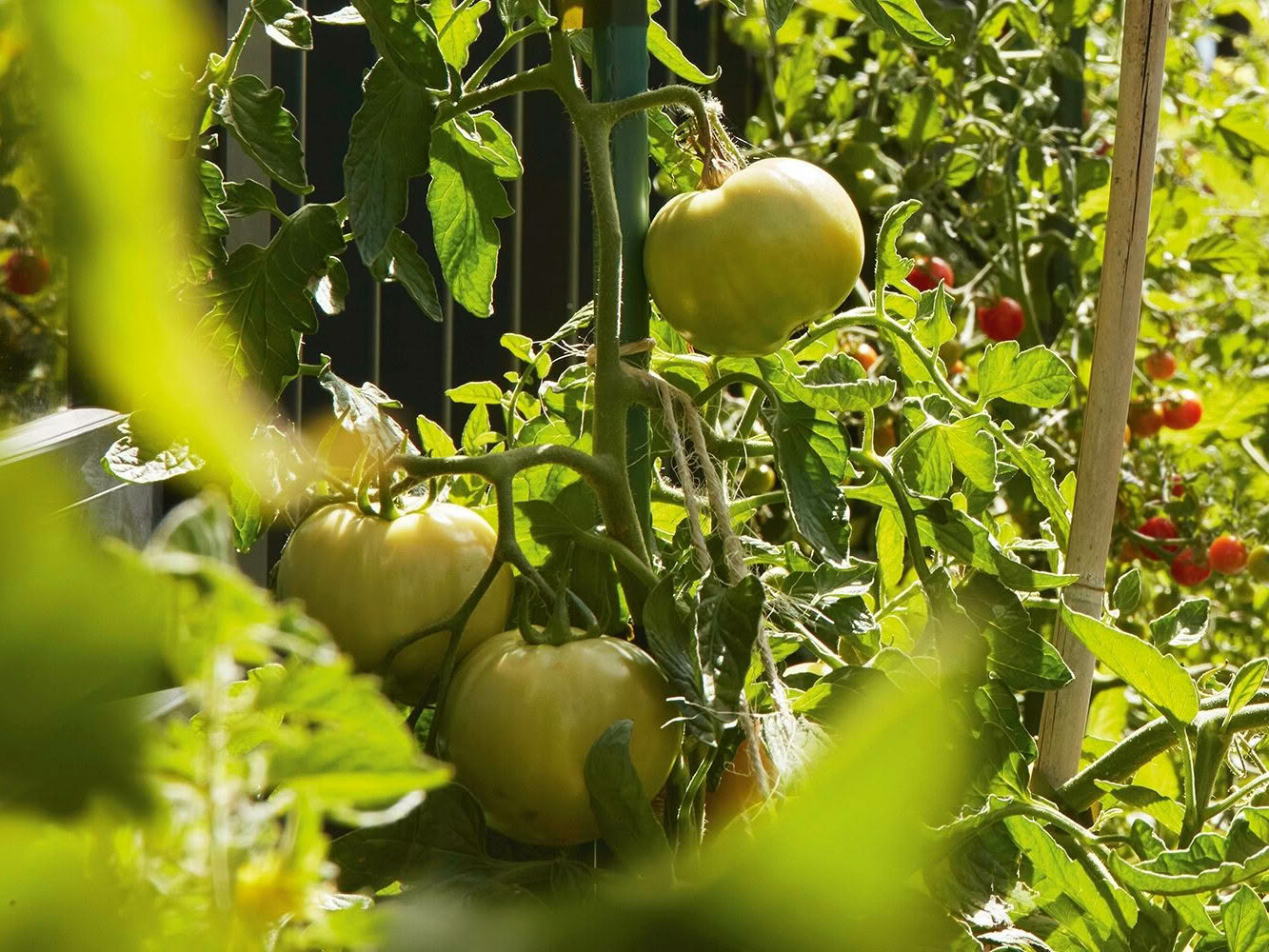To instruct readers in how to cook the French way, it made sense to draw knowledge from a trusted reference. Ginette Mathiot’s Je Sais Cuisiner (I Know How to Cook) was first published in 1932. The young home-economics teacher had been enrolled by a publisher to conduct the selection, testing and writing of almost two thousand recipes. The book would become a cooking bible for three generations of French households and, through revising work, was constantly adapted to contemporary life without losing its original essence or giving in to passing trends. Ginette Mathiot worked on many later editions and wrote other books, including volumes about pastry and preserving. Over the years, her magnum opus became a bestseller, with several million copies sold by the turn of the century, continuing its life even though she passed away in 1998. It was translated into English in 2009.
The recipes in this book, all Ginette’s, are meant for everyday use but are also suitable to cater to special occasions and include regional dishes as well as seasonal treats. This edition also includes advice adapted from her writings about planning menus, shopping for food, and organising a kitchen. It all strikes as thoroughly modern, perhaps because it meets our renewed requirements for a globally sensible way of eating. We want affordable, nourishing, additive-free and delicious food. We know the value of recycling leftovers and preserving abundant produce. No frills, no waste: the beauty of French cooking may reside in its ability to make the most of a varied but moderate range of ingredients and flavourings. It has a softly sophisticated minimalism that requires the careful choice of seasonal produce and some guidance in the kitchen.

